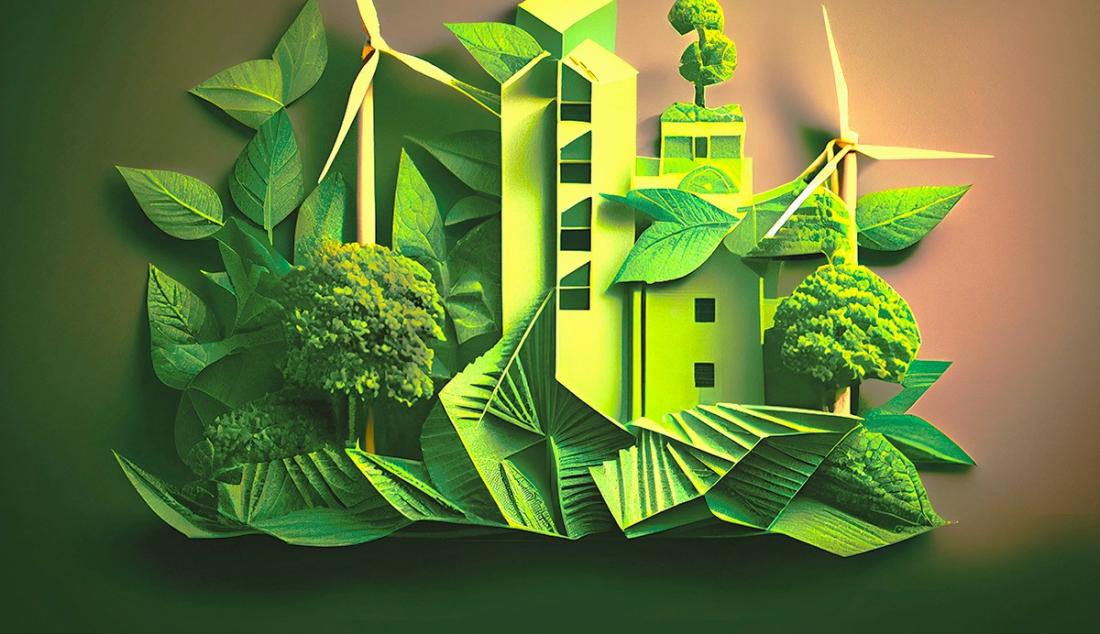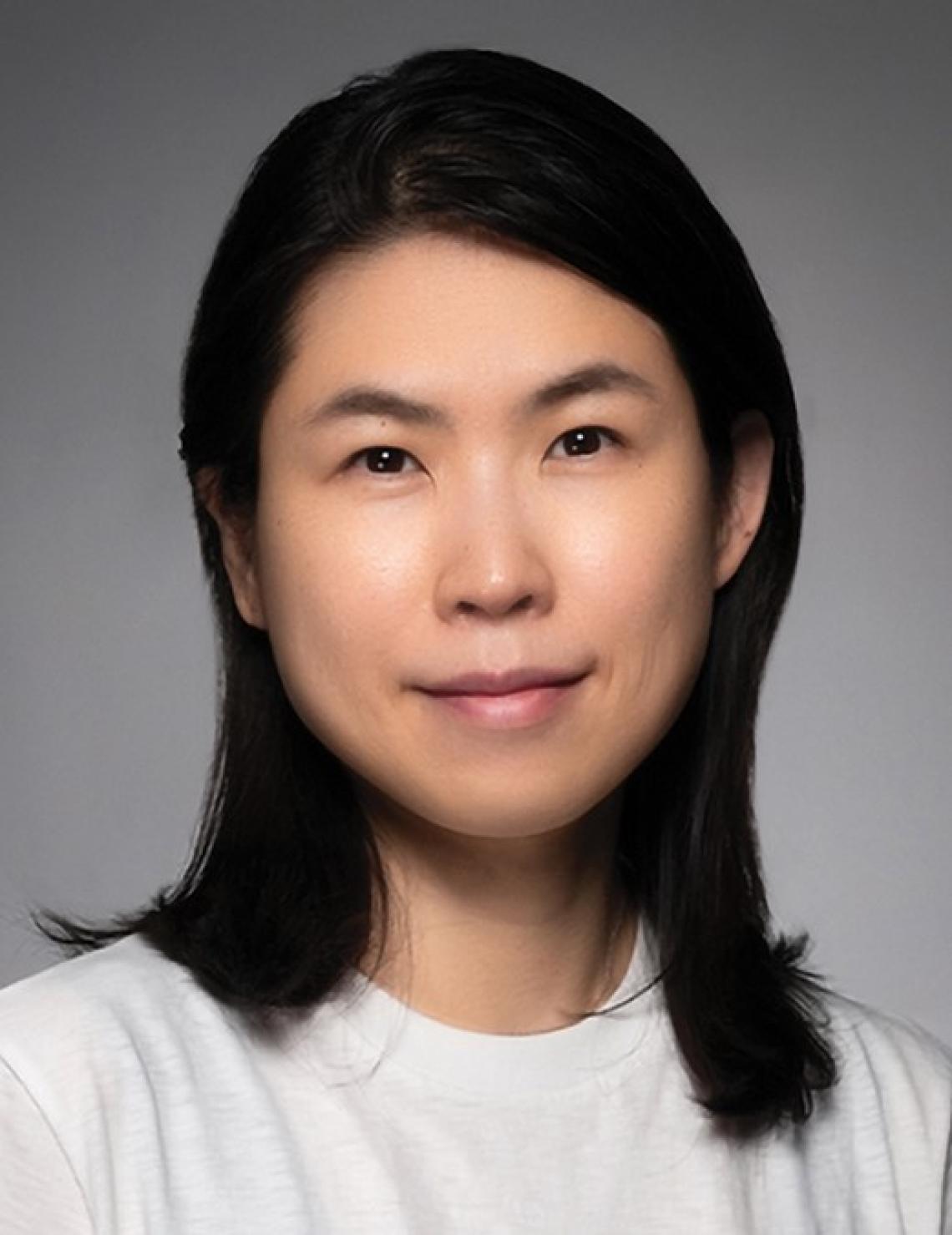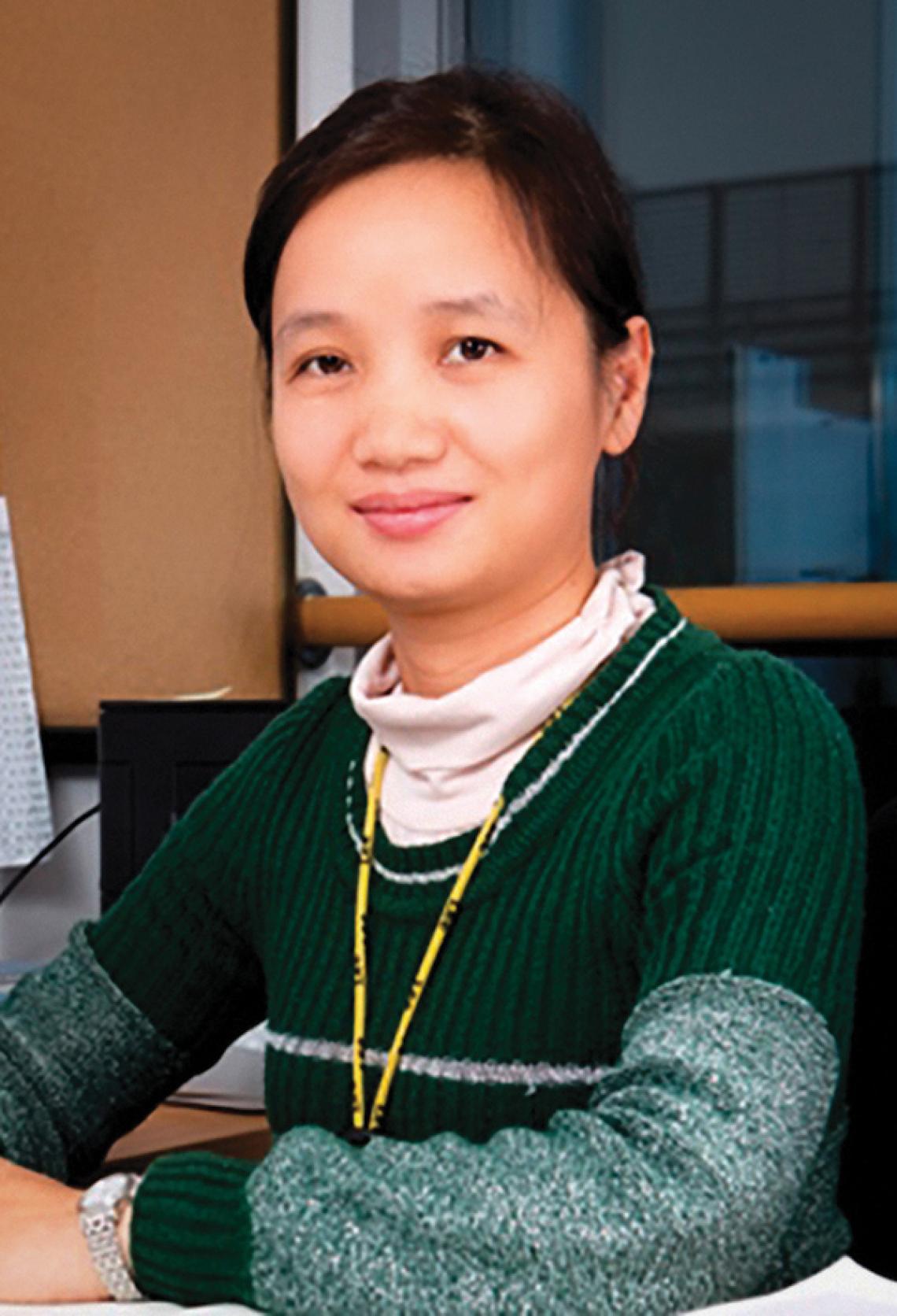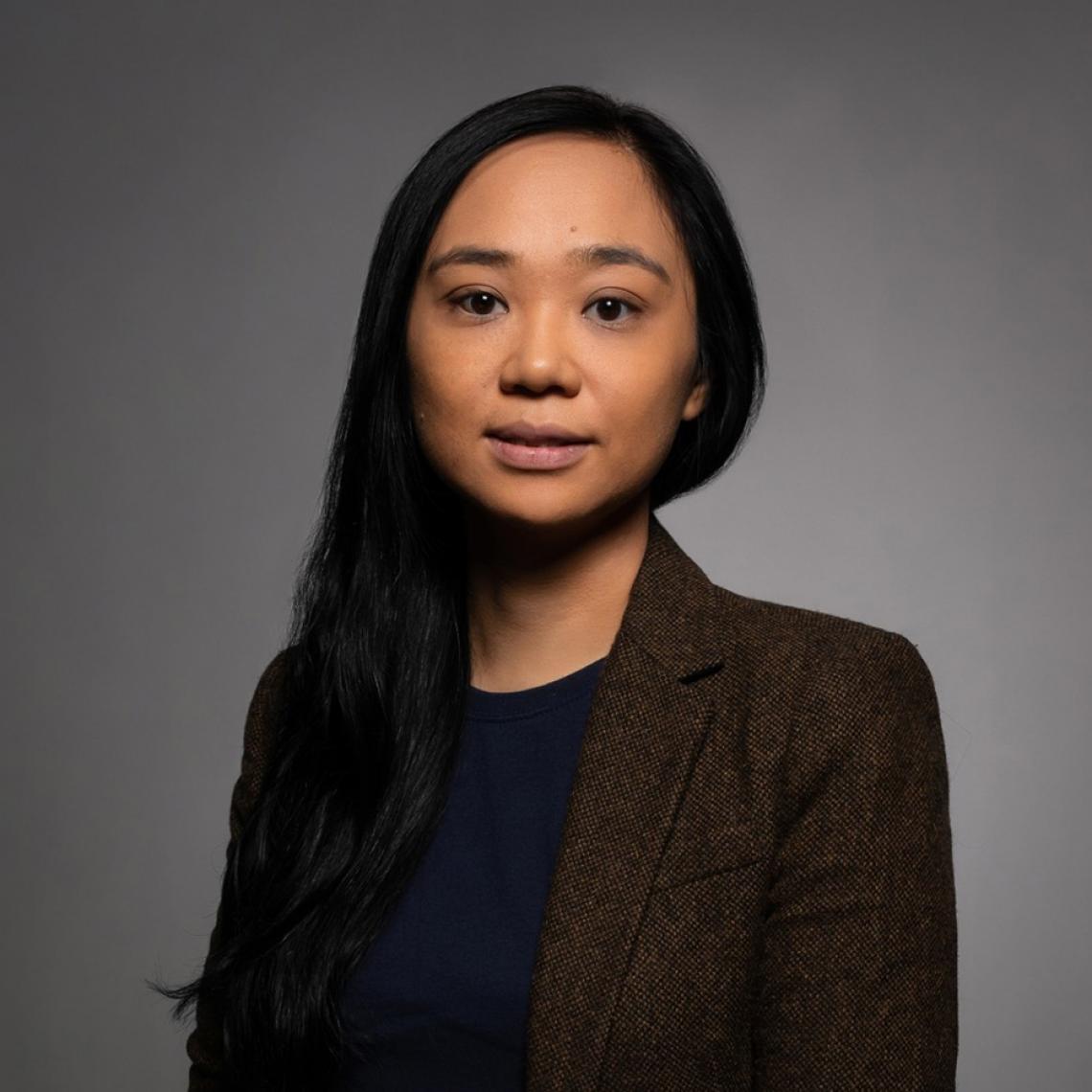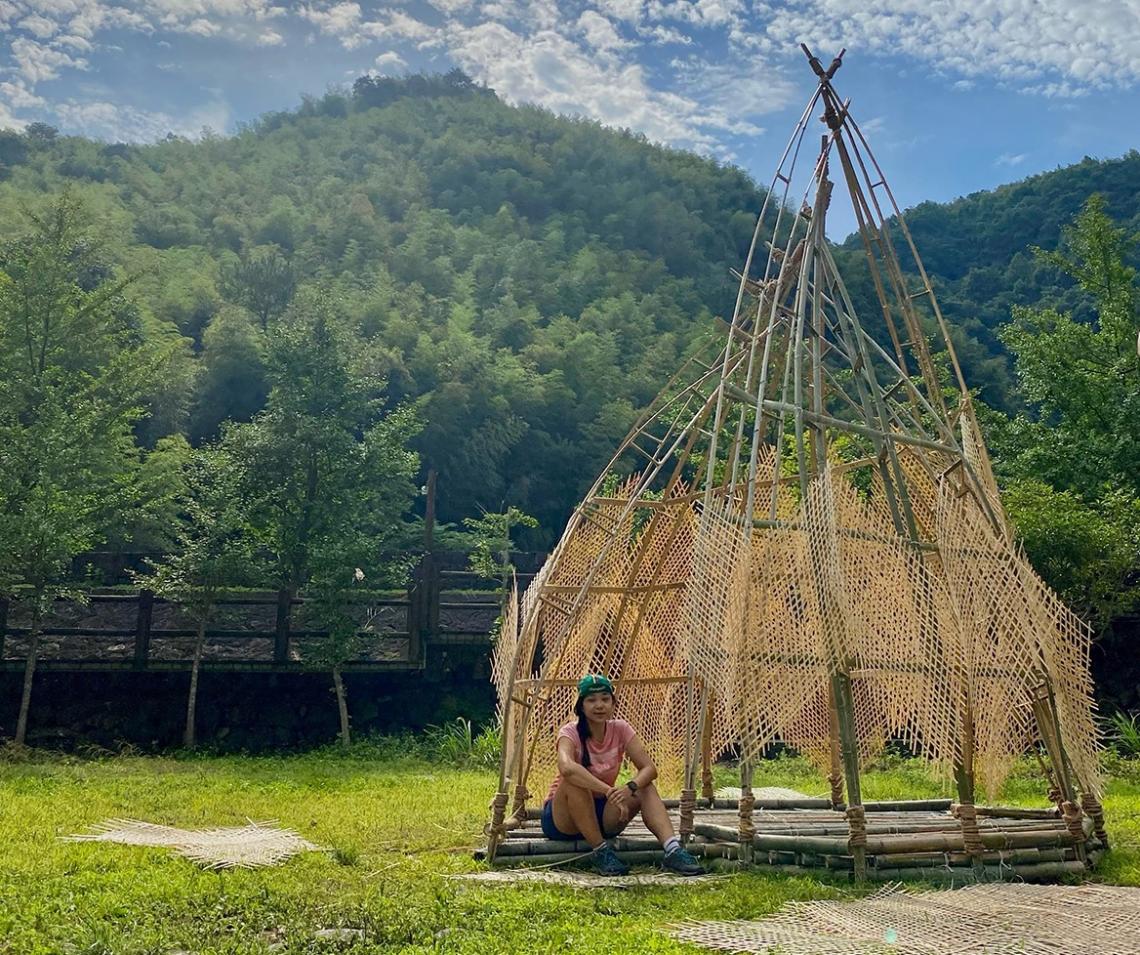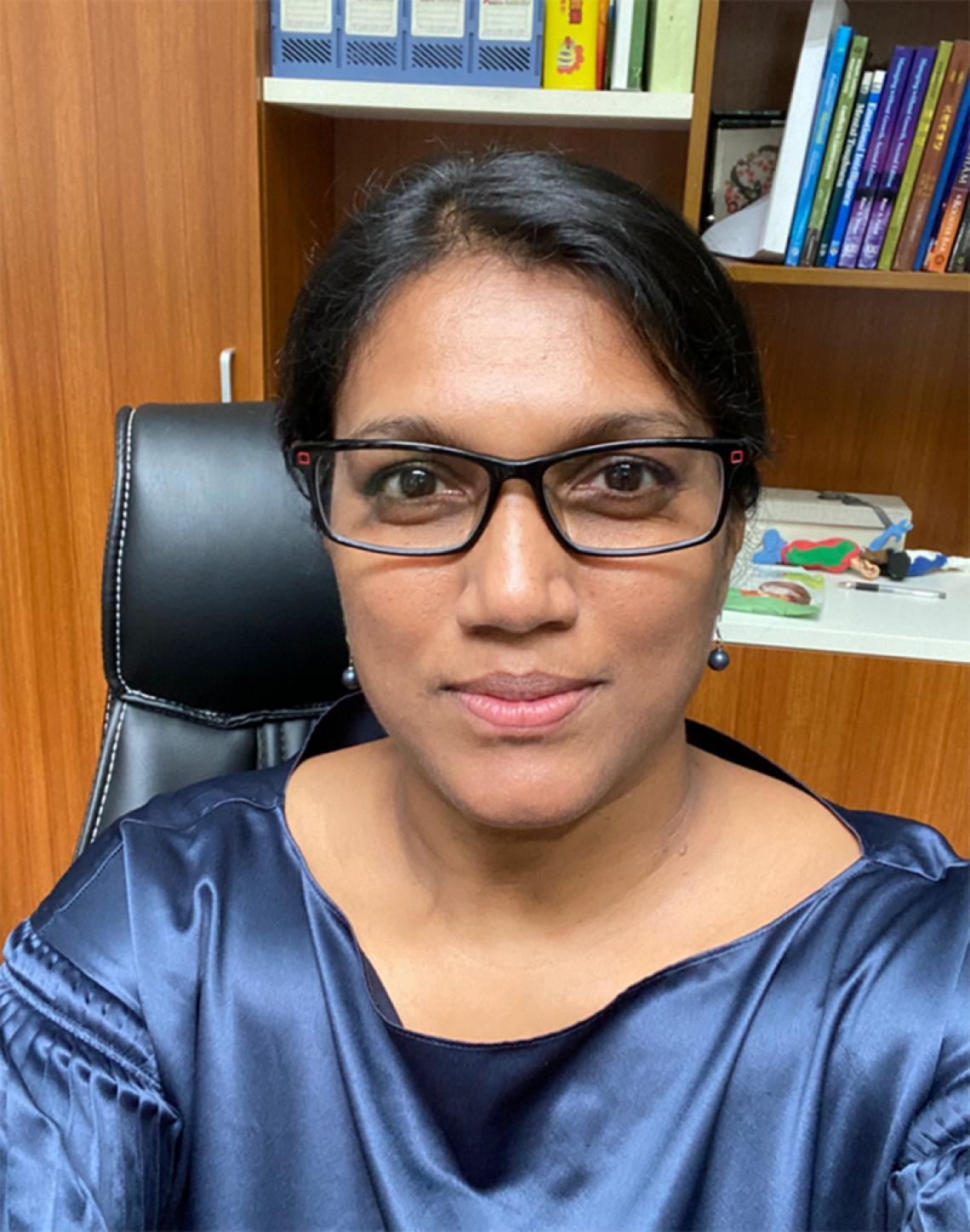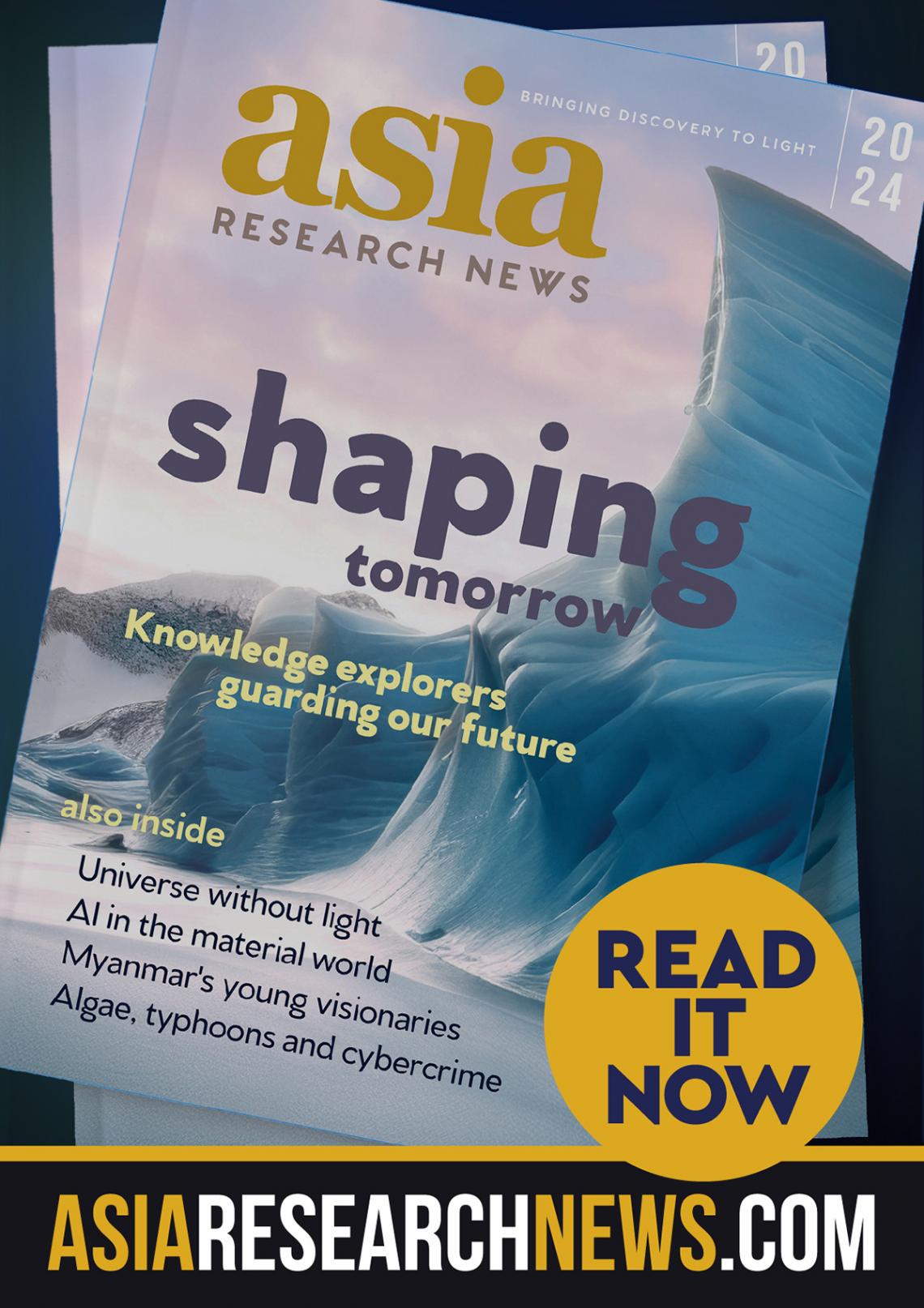This story is featured in the Asia Research News 2024 magazine. If you would like to receive regular research news, join our growing community.
Get the news in your inbox
The year 2007 marked a major tipping point for human civilisation. For the first time in history, more people lived in cities than in rural areas. By 2050, more than two-thirds of humanity is projected to live in urban environments. For this reason, the United Nations General Assembly's Sustainable Development Goal 11 is especially vital and urgent. Goal 11, titled “sustainable cities and communities,” aims to make cities and human settlements more inclusive, safe, resilient, and sustainable.
At Xi’an Jiaotong-Liverpool University in Suzhou, China, four researchers working in diverse fields of study – from urban planning to digital architecture – are working hard to reach this important goal.
A tough transition
Juhyun Lee is focused on managing conflict between three main goals of a sustainable city: social equity, environmental sustainability and economic prosperity.
Juhyun Lee, an assistant professor in the Department of Urban Planning and Design, and Director of Sustainability of the Design School, has a long history in the practice of sustainable urbanisation. Since 2010, she has worked with UN-Habitat, the United Nations’ programme for human settlements and sustainable urban development. The programme aims to embed sustainability in all levels of urban policy, from the municipal to the national.
When she began, the idea of sustainable urbanisation was still very new, and aspired to the lofty triple goals of social equity, environmental sustainability, and economic prosperity. As the field of sustainable urbanisation has matured, bringing these goals together has sometimes proven to be a challenging task, as the three goals can sometimes work against each other. “We say we want to achieve both social equity and economic prosperity – while reducing damage to the environment – but now we understand this is actually very difficult,” says Lee. “I'm currently more focused on how to manage conflict between the three goals.”
Lee is particularly interested in the role that urban mobility plays in managing this conflict. “A smart city actually means using technology or human resources to ensure that everyone can enjoy the urban services and infrastructure in a more effective way,” says Lee. For example, social sustainability requires that everyone have access to a hospital. However, this could entail an hour-long drive, which would conflict with environmental sustainability.
Therefore, urban design in sustainable cities necessitates the development of infrastructure, such as public transport, that is not only effective and efficient, but also equitable. A recent study by Lee and her colleagues examined commuter perceptions of urban transport in the rapidly growing Indonesian city of Jakarta. The study highlighted how shorter commutes and reduced traffic congestion were of greater importance to commuters than comfort, in terms of transportation accessibility.
Further information:
Asst Prof Juhyun Lee
[email protected]
Xi’an Jiaotong-Liverpool University
Flexible solar power
Yi Lin is excited about the possibilities of organic solar cells, which can be lighter and more flexible than the silicon-based cells.
Renewable energy technology is a key component of sustainable cities, enabling the shift from fossil fuels to sustainable energy sources, such as solar power. Yi Lin is using her background in organic chemistry – the study of carbon-containing compounds – to find ways to improve solar photovoltaic cells. “Organic solar cells are considered the next generation of solar cells,” says Lin.
Instead of the silicon crystals in conventional solar cells, organic solar cells use conjugated polymers or small molecules – chemically bonded chains of carbon-containing molecules. As a result, organic solar cells can be more lightweight and flexible than silicon-based solar photovoltaic cells.
Organic solar cells are still in the early stages of development, and they’re not yet as efficient as silicon-based cells. Nevertheless, Lin is excited by the possibilities created by their other features, particularly their flexibility. She explains that flexible polymer solar cells can be printed onto various surfaces. For instance, a backpack with flexible solar photovoltaic cells could provide power for someone on the move. Another example would be a balloon using flexible solar cells to power scientific devices for monitoring atmospheric conditions.
Further information:
Assoc Prof Yi Lin
[email protected]
Xi’an Jiaotong-Liverpool University
Better ways to build
Mia Tedjosaputro uses holograms and augmented reality to examine reusable building materials for the construction industry, one of the most polluting industries.
Architectural improvements are also vital for sustainable cities. Mia Tedjosaputro, an architect with an interest in digital architecture, is applying her skills to the challenges of sustainable urbanisation. “Technological advancement is great, but I found myself thinking about what we can really do with it,” she says.
A workshop on using bamboo in construction got her thinking about how the choice of building materials affects the sustainability of the construction industry. “The construction industry pollutes so much, not just through waste, and not just in construction itself, but also during maintenance,” says Tedjosaputro. “We are one of the highest polluting industries.”
Along with her new PhD student, Tedjosaputro is trying to bring a circular economy approach to architecture and design. This approach involves the use of sustainable and reusable building materials, such as bamboo, to keep such materials circulating in the economy and prolonging their life cycle as long as possible. But circularity needs to be incorporated from the beginning of the design process. As explained by Tedjosaputro, “It's not something that we can switch to halfway during the conceptual design.”
This is where her experience with digital architecture comes into play. Tedjosaputro is using technologies, like holographic construction and augmented reality, to examine how non-standard building materials will look and feel in a construction. This improves the process of architectural design. “It’s more than just preaching about the circularity of materials,” Tedjosaputro explains. “It’s also about how we can translate them into use in our daily life.”
Further information:
Asst Prof Mia Tedjosaputro
[email protected]
Xi’an Jiaotong-Liverpool University
Seeding the future
Uromi Goodale's goal is to improve the success rate of restorative seed banks, which are needed to restore degraded or deforested landscapes
Sustainable urbanisation also needs healthy landscapes within and around cities. Seed banks are an important tool for restoring landscapes that have been degraded or deforested. Uromi Goodale became entranced by seeds as a child. Goodale fondly remembers watching her father plant chili seeds in the misty rain so as to provide the best possible conditions for their germination. She went on to become a tropical plant ecophysiologist, completing a PhD at Yale University, followed by a postdoctoral position at the Xishuangbanna Tropical Botanical Garden in Yunnan, China.
Goodale’s research has a clear practical goal: improving the success rate of restorative seed banks. Conservation seed banks are a well-established concept and are important for preserving threatened species. However, they usually lack the quantities of seeds needed for restoration. Restorative seed banks make up this lack by providing the large volumes of seeds needed to restore degraded or deforested landscapes.
“There has recently been a report from the US saying that we’re not well prepared for restoration because of the lack of native seed sources,” says Goodale. “In order for us to have seeds available to achieve the most ambitious restoration goals, we need conservation
seed bank knowledge, as well as restoration seed banks.”
Further information
Prof Uromi Goodale
[email protected]
Xi’an Jiaotong-Liverpool University
We welcome you to reproduce articles in Asia Research News 2024 provided appropriate credit is given to Asia Research News and the research institutions featured.


